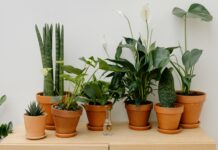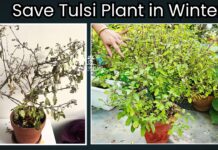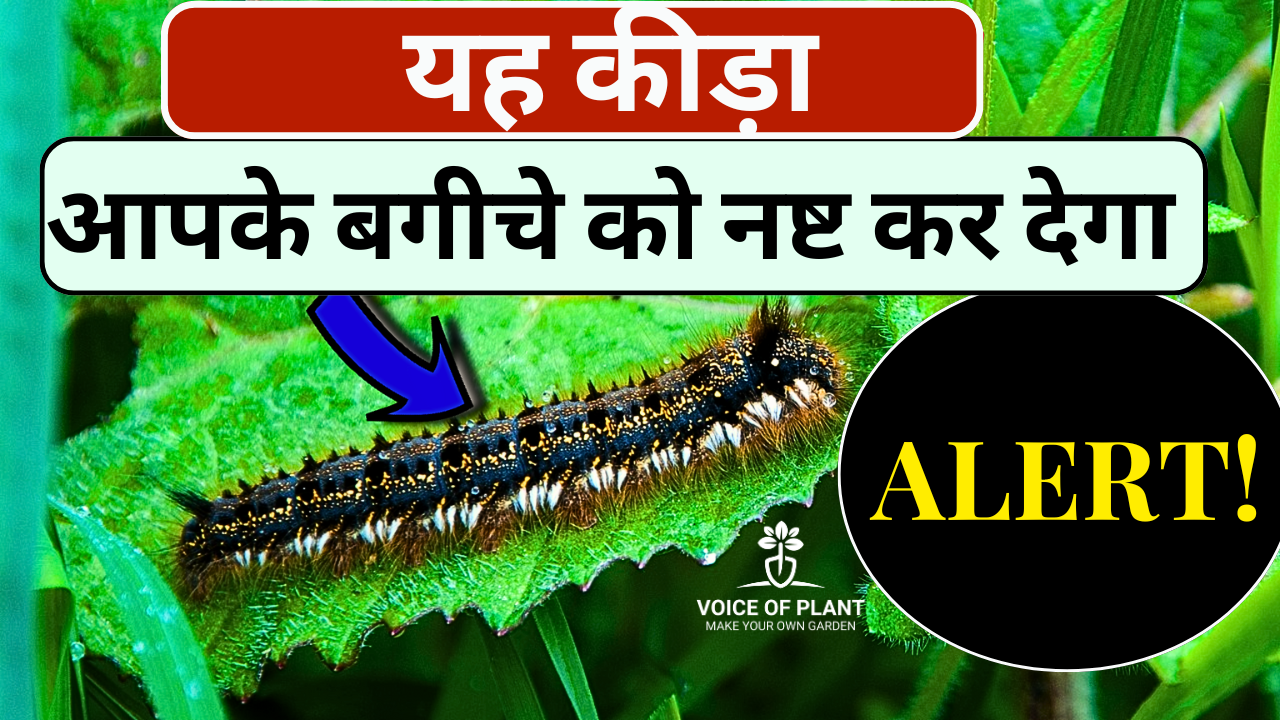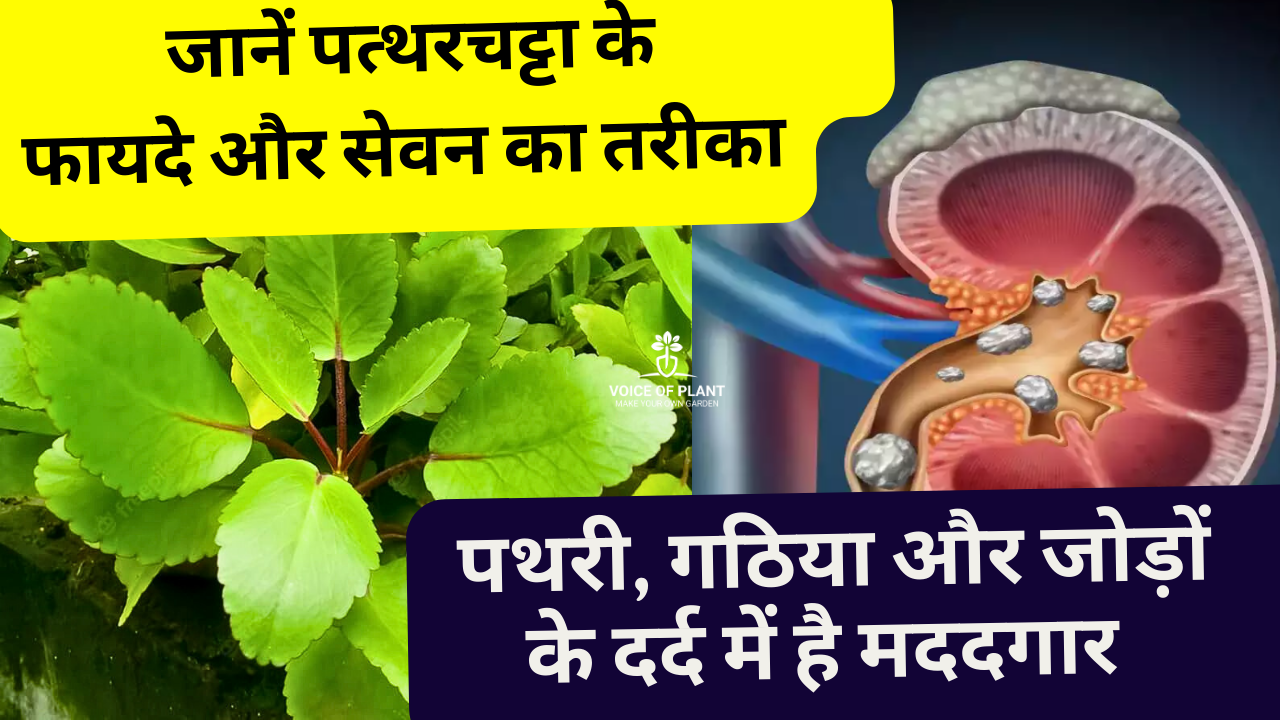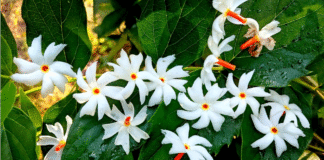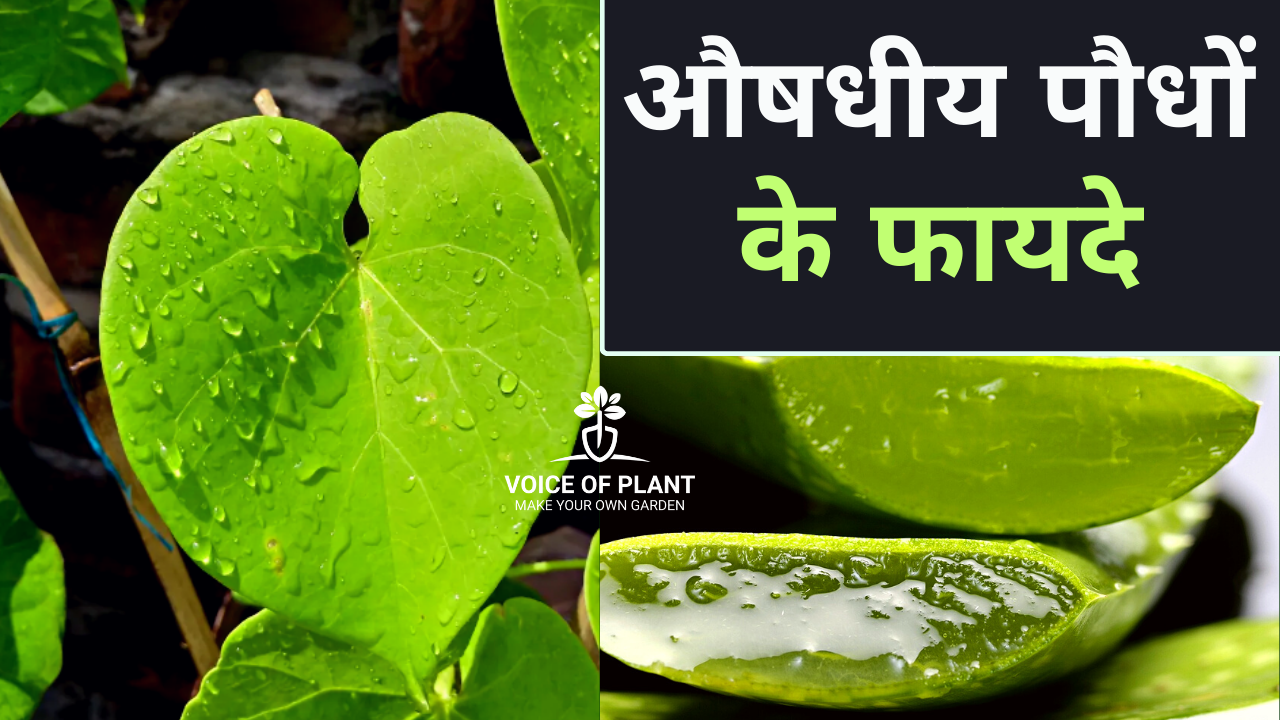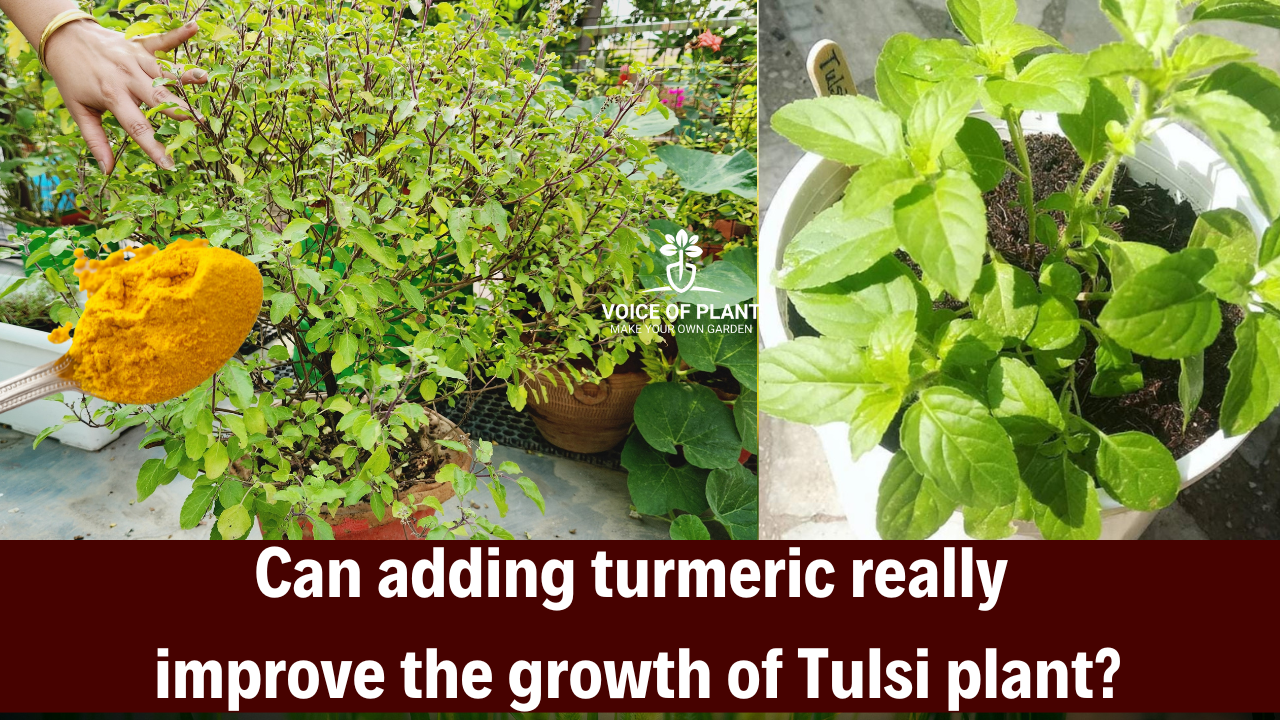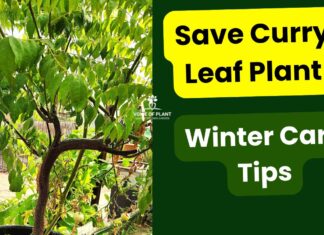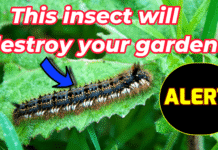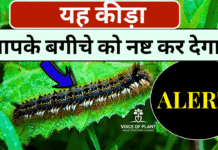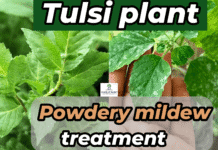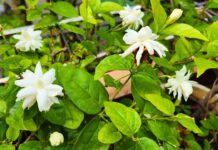Epsom Salt is considered one of the best fertilizers in gardening due to its various benefits.
In this comprehensive guide, we aim to answer some of the most frequently asked questions (FAQs) to provide you with a better understanding of how Epsom Salt can enhance your plant growth.
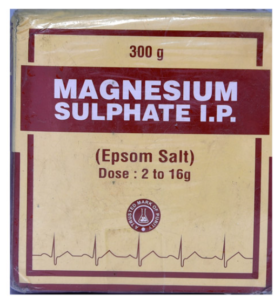
Q1: What is Epsom salt?
Ans: Epsom salt, chemically known as magnesium sulfate, is a mineral compound containing magnesium, sulfur, and oxygen.
Q2: How can Epsom salt benefit plants?
Ans: Epsom salt provides essential nutrients, particularly magnesium, which is crucial for plant growth.
- It can enhance nutrient absorption, chlorophyll production, and overall plant health. Additionally, it may help prevent magnesium deficiency in plants.
Q3: How do I use Epsom salt in gardening?
Ans: You can give Epsom salt in two ways:
First method:
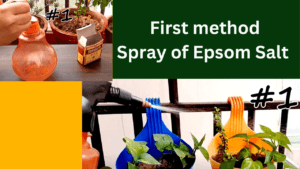
- Dissolve 1 tablespoon (tbsp) Epsom Salt in 1 Liter water.
- Now, spray this solution on plant leaves. In this procedure, Epsom Salt will enter the plant through the pores of leaves.
Second method:

- Loosen your soil, and dig it a little. After that, put Epsom Salt in the soil.
Q4: When should I use Epsom salt on plants?
Ans: Epsom salt can be applied throughout the growing season.
- However, it is often recommended during periods of rapid growth, such as when plants are flowering or fruiting.
- It can also be beneficial if magnesium deficiency symptoms, like yellowing leaves, are observed.
Q5: Can Epsom salt be used on all types of plants?

Ans: Epsom salt is generally suitable for a wide range of plants, including flowers, vegetables, and shrubs.
- However, it’s essential to be mindful of the specific needs of certain plants and to avoid overuse, as excessive magnesium can negatively affect some plants.
Q6: Is Epsom salt a substitute for other fertilizers?
Ans: Epsom salt primarily provides magnesium and sulfur, but it lacks other essential nutrients like nitrogen, phosphorus, and potassium.
- It is best used as a supplement alongside a balanced fertilizer to ensure plants receive a full spectrum of nutrients.
Q7: Can Epsom salt be used to remedy yellow leaves in plants?
Ans: Yes, yellowing leaves can be a sign of magnesium deficiency.
- Applying Epsom salt can help alleviate this issue by providing the plant with the necessary magnesium for chlorophyll production.
Q8: How often should I use Epsom salt on my plants?
Ans: It is generally recommended to use Epsom salt sparingly and as needed.
- Overuse can lead to an excess of magnesium in the soil, which may negatively impact plant health.
Q9: Can Epsom salt be used in potted plants?
Ans: Yes, Epsom salt can be used in potted plants.
- However, it is crucial to adjust the application rate based on the size of the pot and the plant’s specific needs to avoid over-fertilizing.
Must read this article
Epsom Salt for plants: Benefits & Uses
Happy Gardening!

